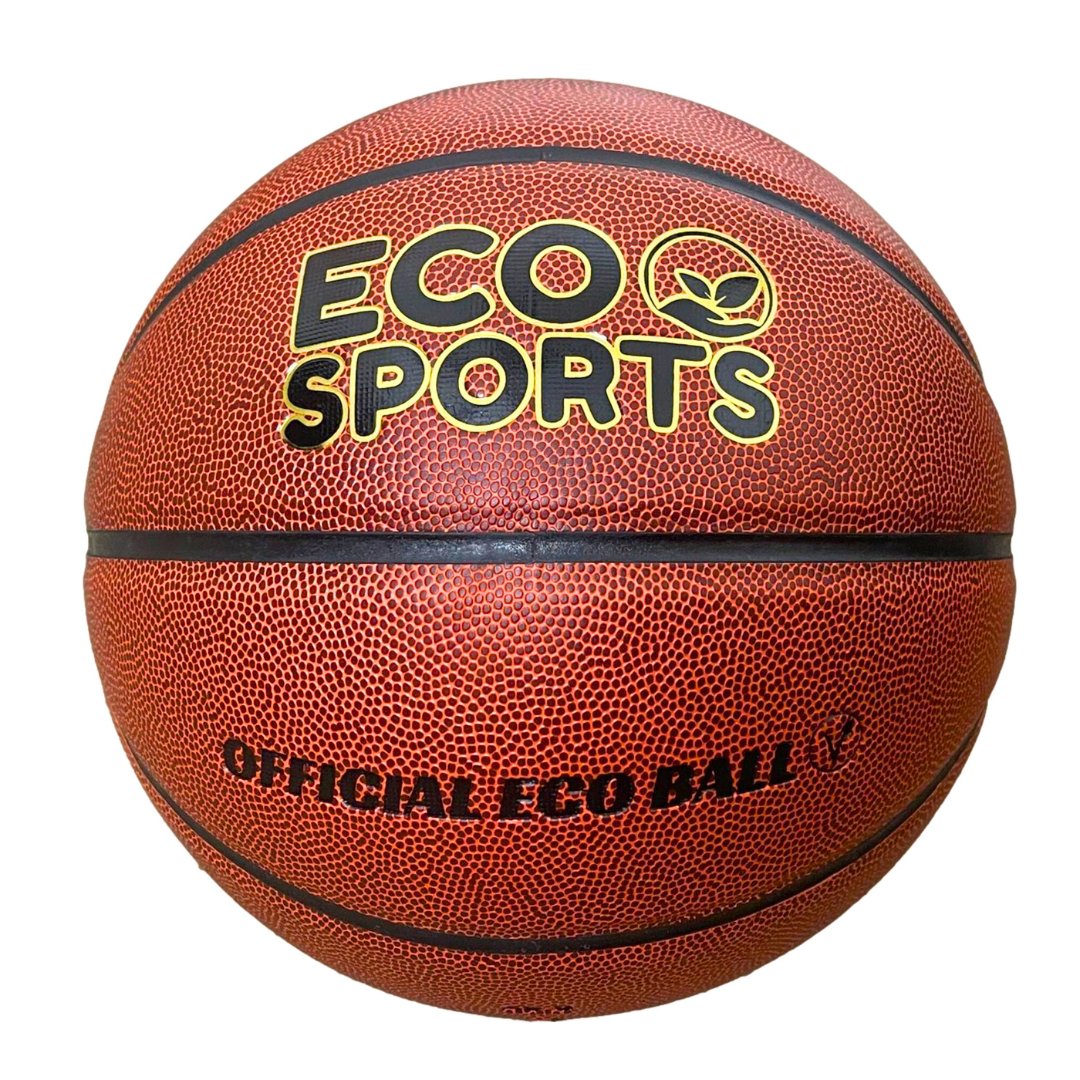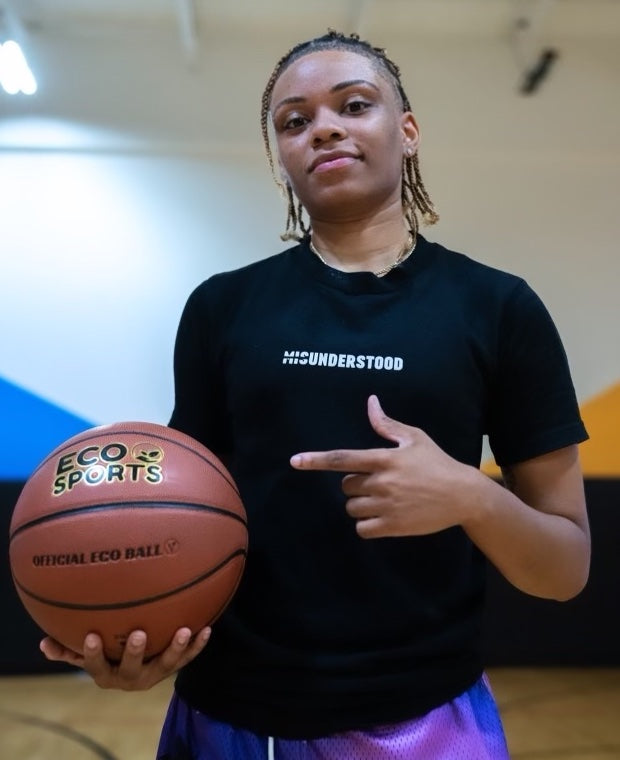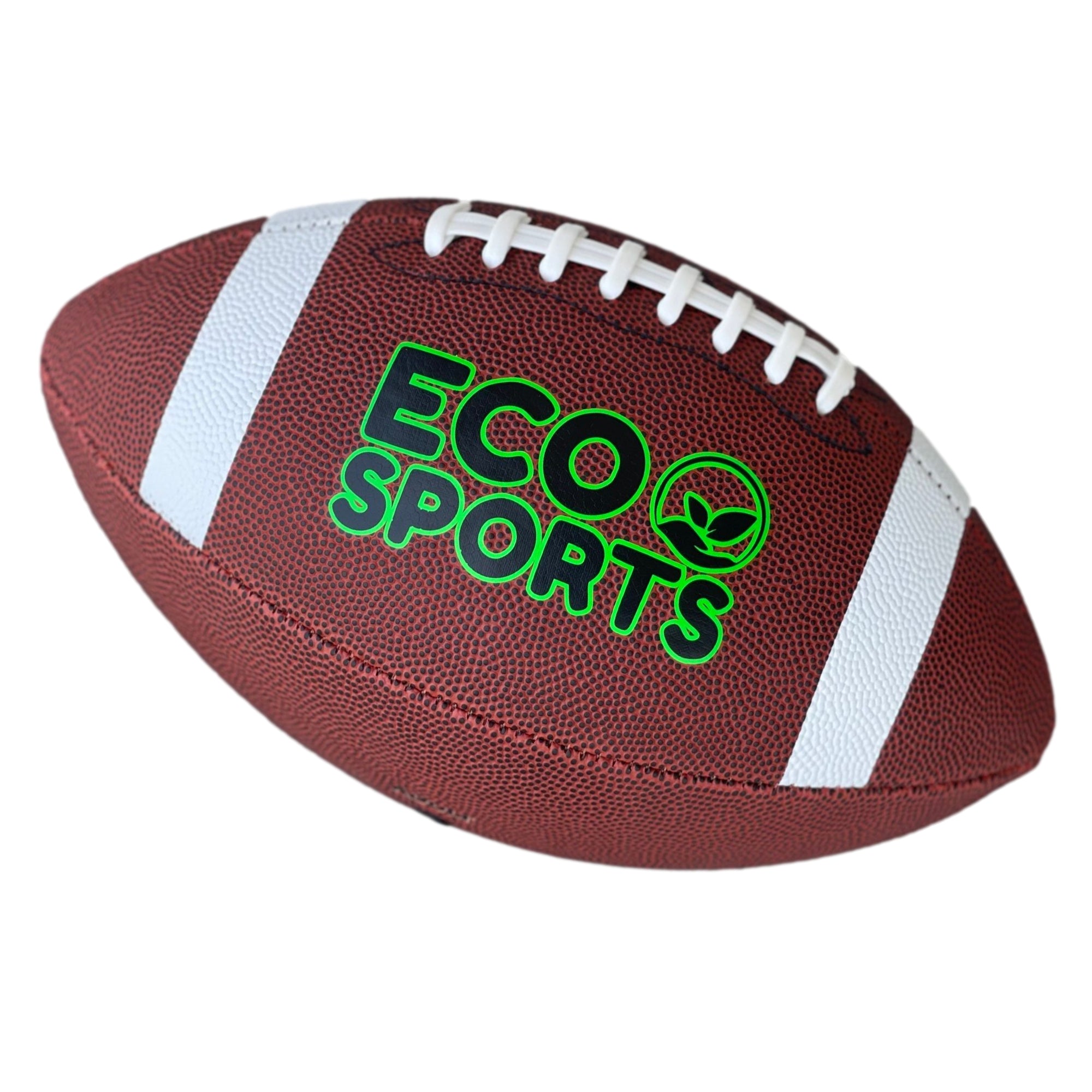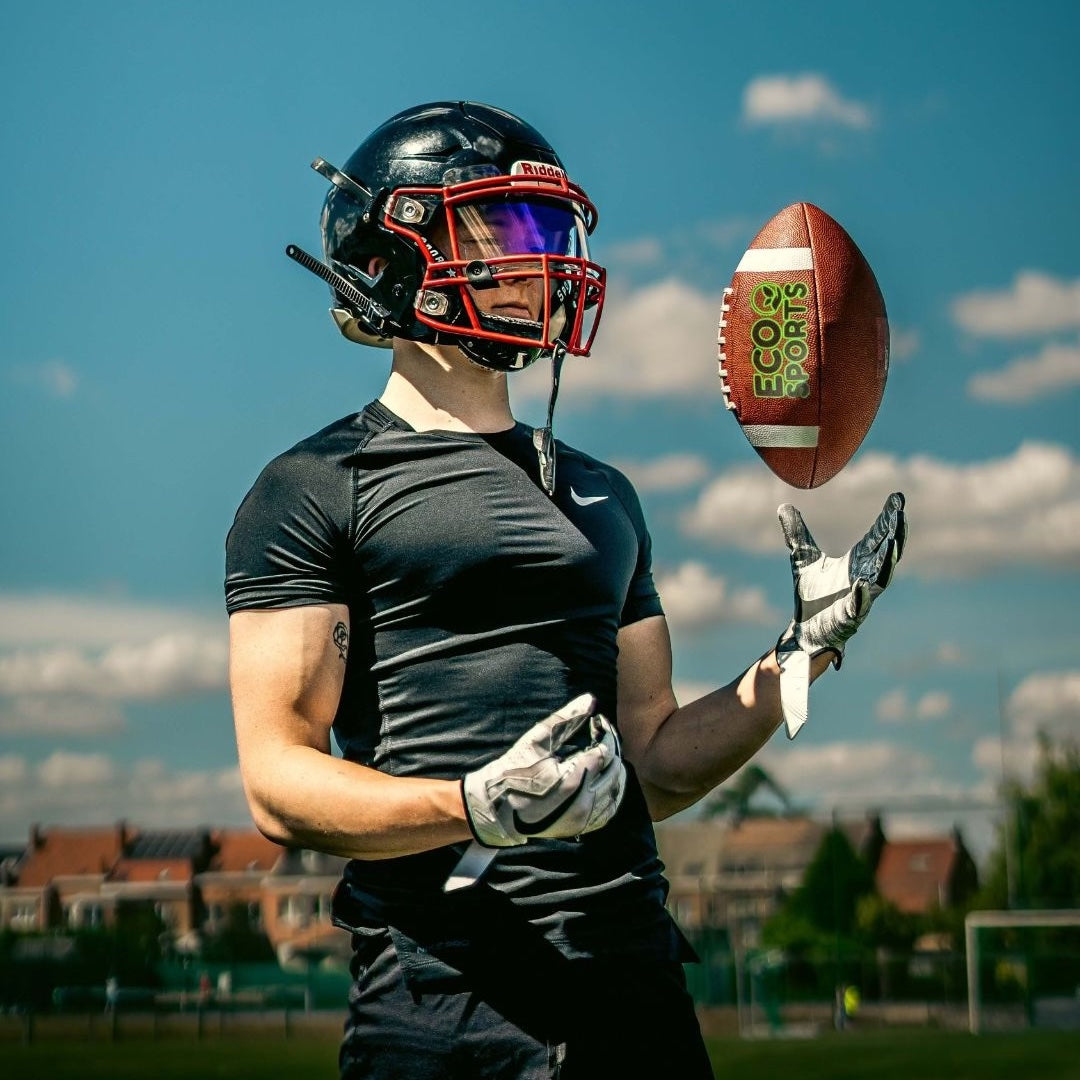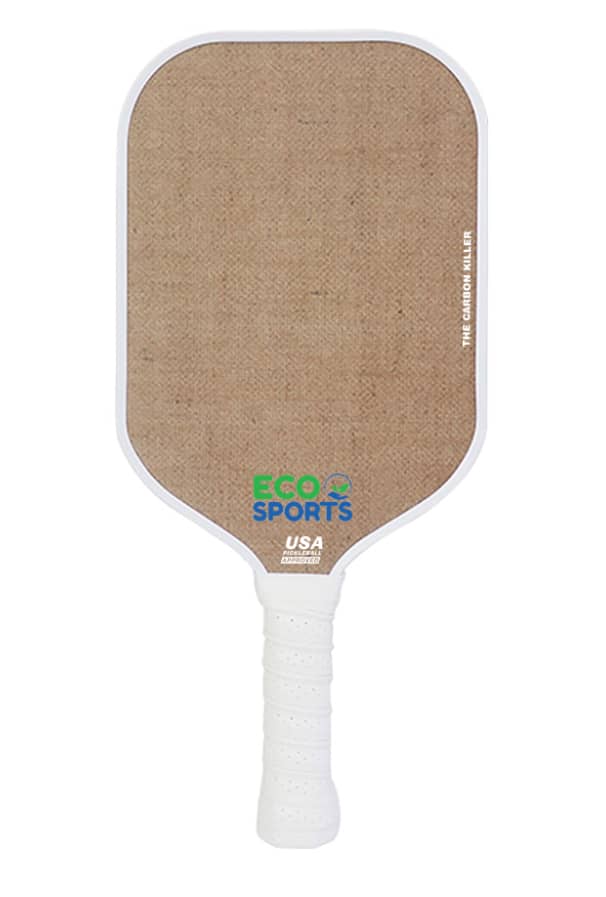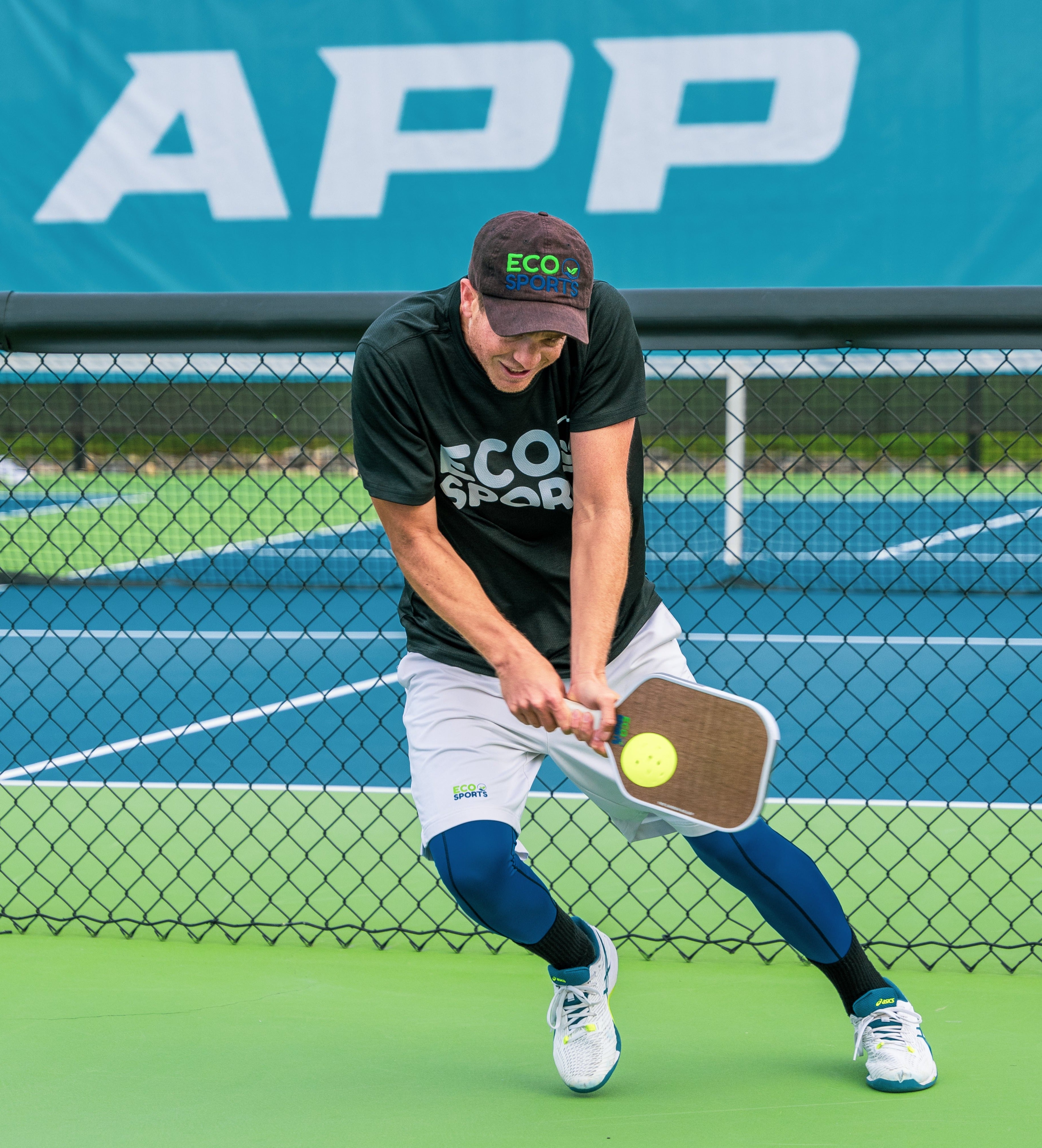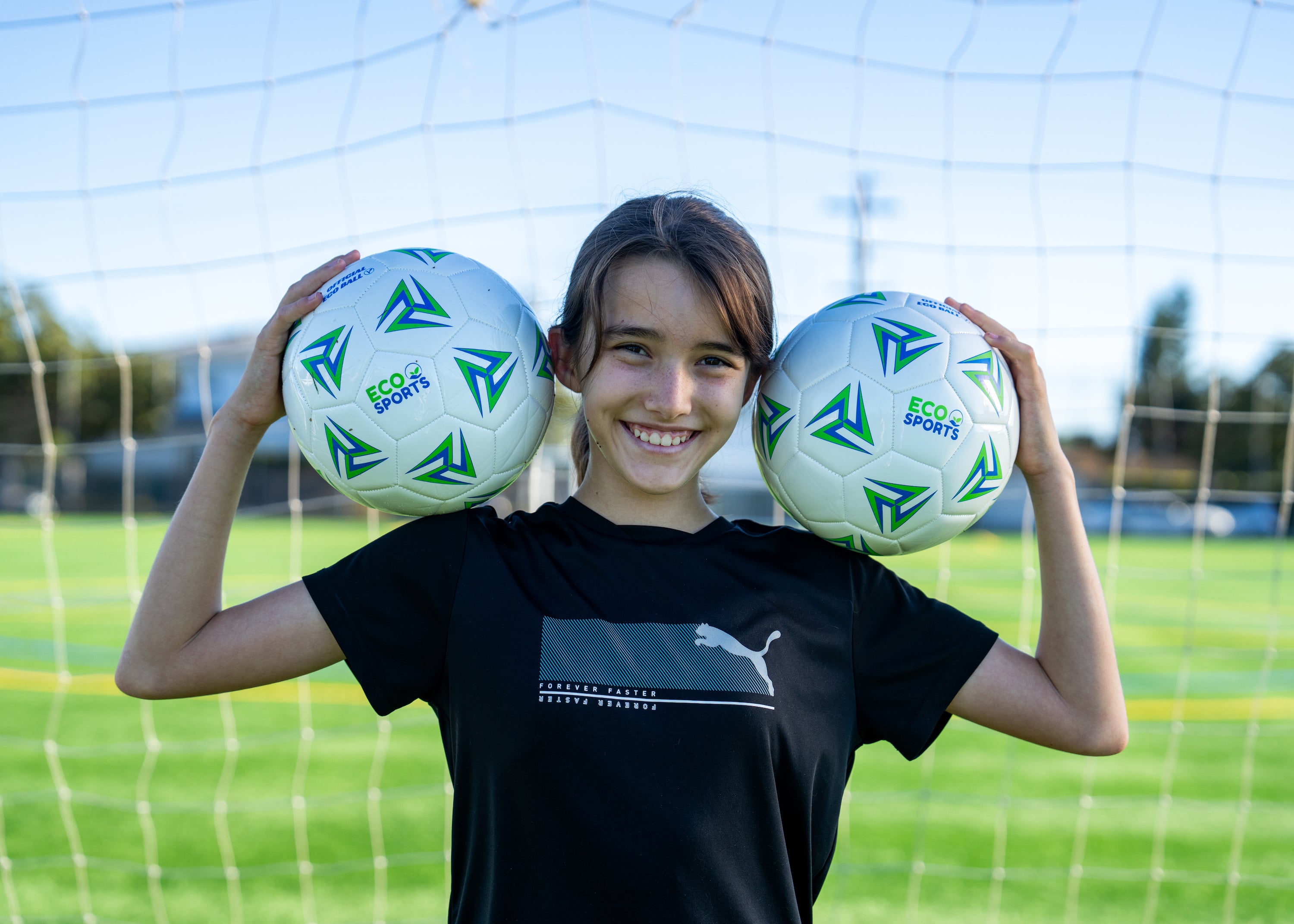Soccer Ball Size Guide: What are the different sizes of soccer balls?
Soccer Ball Size Guide & Weight

Size 5 Adult Competition and Regulation Soccer Ball
As mentioned above, the size 5 soccer ball is the largest size available. The size 5 ball is the most commonly used soccer ball and is used by youth players ages 12 and up, as well as adults and players in professional leagues. These balls are generally water resistant and made to play on all surfaces. They are made of durable materials and are designed to meet specific regulations for size and weight.
Size 5 balls have a circumference of 27 to 28 inches and weigh approximately 410 to 450 grams, or approximately 14 to 16 ounces. This ball is not recommended for younger players due to its size and weight, which could lead to frustration and even injuries.
Size 4 Youth Soccer Ball
The size 4 soccer ball is designed for young players ranging from 8 to 12 years of age. With a circumference of 14 to 26 inches and a weight of between 350 and 390 grams (approximately 12 to 14 ounces), it is slightly smaller and lighter than the size 5 soccer ball. This smaller size makes it easier for younger players to maneuver the ball and will help them develop good habits and strong skills early on. The larger size 5 ball may be too large and heavy for training and learning ball control, so this ball is an ideal transitional size for developing players.
Size 3 Kids Soccer Ball
Young players learning to play soccer generally start with a size 3 soccer ball, as this is the smallest ball used in soccer games. Many youth and recreational soccer leagues choose this size ball for their younger teams, as this ball is well proportioned for smaller players. This ball is between 23 and 24 inches in circumference and weighs between 300 and 320 grams (approximately 10 to 11 ounces) and is ideal for players between 5 and 8 years of age. The ball’s lighter weight and smaller size encourages correct ball handling, and helps the youngest players develop confidence and a love for the game.
Size 1 Mini Soccer Ball
Mini soccer balls, also called size 1 soccer balls, are about 18-20 inches (46-51 cm) around. Coaches sometimes use them to help soccer players learn to control the ball with their feet. Sometimes toddlers or very very beginner soccer players use them. But mostly, they're just for fun or as a souvenir with team logos on them.
Are you a parent or a coach looking to upgrade you soccer ball. Check out Eco Sports High Performance Soccer Balls For Sale
Futsal Soccer Ball
Futsal is an officially approved small-sided soccer by FIFA. It is played on a smaller field with fewer players and a smaller ball than traditional soccer. Each team has only 5 players in Futsal while there are 11 in soccer. The official-size FIFA approved Futsal ball is a bit smaller than a traditional size 4 ball, with a circumference of 24.61" - 25.0". Adult players use official size ["Senior"] Futsal balls, while youth players use ["Junior"] smaller Futsal balls which are similar to traditional size 3 soccer balls. Some manufacturers use the terms "Size 4" and "Size 3" for the Senior and Junior Futsal balls, respectively.
There are many soccer balls on the market and they come in many colors and sizes. Choosing the right ball can be confusing, but this guide will help you pick the right sized ball for you or your player.
|
Competition/Regulation |
Youth |
Kids |
|
|
Size |
5 |
4 |
3 |
|
Circumference (inches) |
27 to 28in |
25 to 26in |
23 to 24in |
|
Weight (grams) |
410 to 450g |
350 to 390g |
300 to 320g |
|
Recommended age* |
12 and up, including adults and professionals |
8 to 12 |
5 to 8 |
|
Play Levels* |
U5, U6, U7, U8 |
U9, U10, U11, U12 |
U13, U14, U15, U16 and above |
* always confirm size with your coach or league
The Inside of a Soccer Ball: The Bladder
The Bladder: This is what holds the air; the tougher the bladder, the less likely the ball is to lose its feel and shape. Butyl bladders are better than latex ones as they're more durable and hold air better.
The Lining: This sits between the bladder and the cover, and can be made of polyester, cotton, or foam. It's important as it gives the ball a good shape, more bounce, and increases its lifetime.
The Outside of a Soccer Ball: The Cover
The Cover: Most soccer balls have synthetic (not real leather) covers because they don't absorb water and keep the ball light and bouncy. PU balls are more expensive but have better feel and responsiveness. A TPU Eco Sports Soccer balls is a much more environmentally friendly option with the same quality.
The Stitching: This holds the panels that make up the ball together and secures them in place. Hand-stitched balls are still around, but machine-stitched balls are more common.
There are three different sizes of soccer balls specifically designed for competitive matches. Soccer balls are numbered according to their size, with a size 5 soccer ball being the largest soccer ball available, followed by size 4 and size 3 soccer balls. Size is determined by the circumference of the ball.
Choosing the right soccer ball depends largely on age, as a smaller ball is generally better suited for younger players, and a larger ball is better for adults. This is primarily for safety reasons as smaller balls weigh less and are less likely to lead to injuries if a younger player is hit by a ball or kicks a ball. Size is also an important factor when it comes to learning how to control, kick or pass the ball. Younger players have smaller legs and feet and will have an easier time maneuvering a ball that is properly proportioned.
Picking out a soccer ball based on age is helpful, however, a ball designed for one particular age group could still be used by another age group. For example, practicing with a smaller ball than the one you use in competitions, is helpful for improving fundamental skills and ball control.
In addition, it’s important to remember that age groups for youth soccer are determined by birth year, not age. For example, one 12 year old may play on a U12 team, and another on a U13 team, depending on the years in which they were born, and would therefore need different sized balls. To add to the confusion, some leagues may have specific size requirements that don’t necessarily adhere to age and ball size standards. So, always be sure to consult your league’s specific rules and check with your coach before purchasing a ball to ensure you are buying the correct size.

